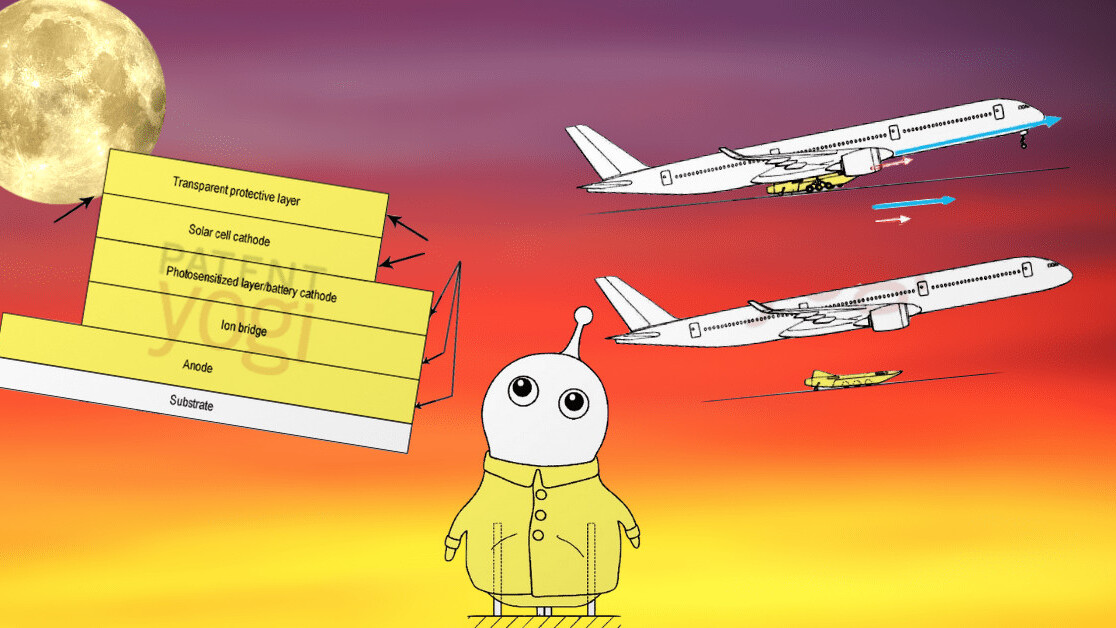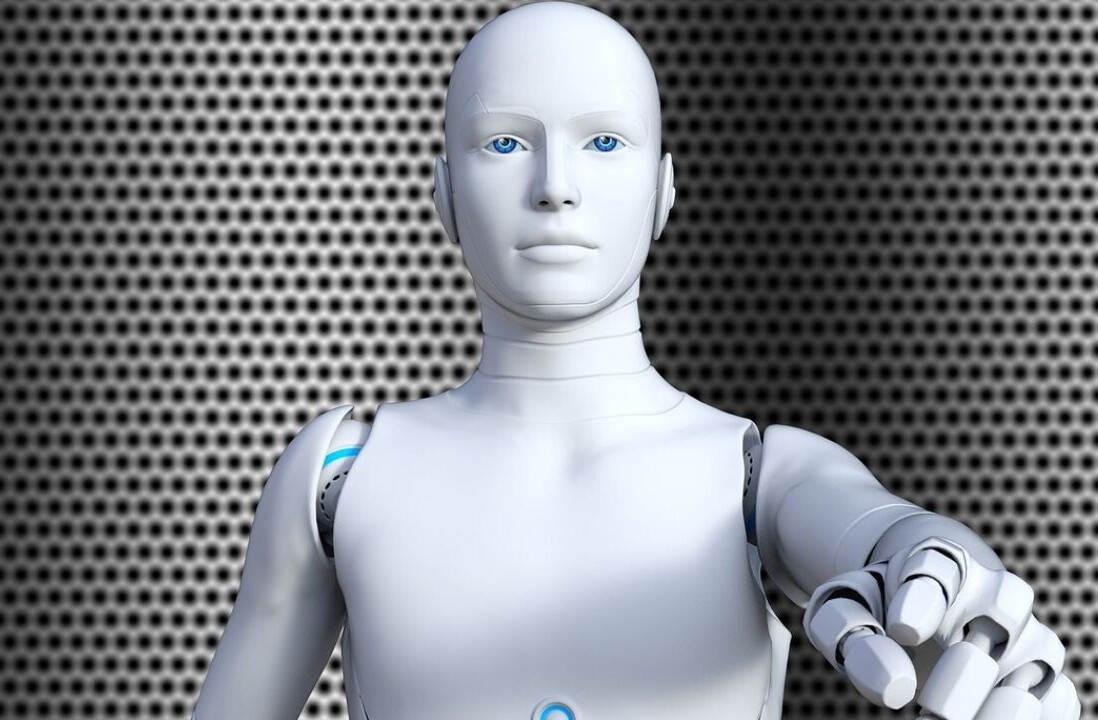
Ugh, the Gregorian calendar is so boring. That’s why we’re disrupting monthly series with a lunar cycle-based series about the best patents of the last synodic month, picked by the PatentYogi team. Get ready when that moon gets gibbous, y’all. This June-ish roundup lands on the tasty Strawberry Moon!
Since my last post, the US patent office issued over 31,765 patents and published over 32,673 patent applications. Each patent asset adds a little something new to the human knowledge base. As I cannot list all these patent assets here, the PatentYogi team and I have selected the five most interesting patent assets. Enjoy!
Patent #1. Amazon to record you before you say “Alexa!” (20190156818)

According to the patent publication, Alexa devices listen and record your speech even before you say “Alexa.” Your devices capture your speech before and after you say the wake-word to determine the complete command. To do so, your speech is buffered and markers are inserted to indicate phrases and sentences. So, when you say “Alexa,” the device analyzes the complete phrase containing the wake-word using automatic speech recognition (ASR) and natural language understanding (NLU). This allows you to give commands like “Play music for me Alexa from Travis Scott’s Astroworld.” Alexa devices do not accept such commands as of now.
On the other hand, this feature potentially increases your privacy concerns. Although your current Alexa device actively listens to your voice, it is only to determine if you’ve said “Alexa.” Your speech is not constantly recorded and analyzed as of now. Amazon has clarified in the patent application, “…does not necessarily perform full ASR processing on all detected speech, thus addressing privacy concerns associated with an ‘always on’ speech processing system.” This implies that only small segments of speech are recorded and analyzed with the new technology.
I am certainly looking forward to this upgrade as this will simplify my interactions with Alexa devices. But the potential privacy concerns cannot be overlooked. I just hope that all the captured and recorded data is stored securely.
Patent #2. Radical innovation for launching airplanes (20190161209)

The details of this technology are disclosed in a recently published patent application. According to the patent application, an unmanned auxiliary air vehicle is used to launch a main aircraft. As shown in the figure above, both air vehicles are coupled together during the initial stages of a flight, that is during taxi-out, take-off, and climbing. Once an optimum flight level or cruise altitude is reached, the auxiliary air vehicle is detached from the main aircraft and flown back to the airport of origin (or other) in an automatic or remote unmanned operation. The main aircraft continues and completes the rest of the flight to the destination on its own.
The auxiliary air vehicle optimizes the operation of the main aircraft by sharing the load on the main engine during take-off thereby to saving fuel. Also, the auxiliary aircraft gets rid of all the unnecessary parts of the main aircraft (such as additional gear for takeoff and large fuel compartment) that are not required during takeoff operations. The removal of these parts makes aircraft lighter thereby reducing fuel consumption and the cost of air travel.
Patent #3. Ground-breaking painted solar panels (20190165274)

A recently published patent application from Google discloses ground-breaking painted solar cell. The painted solar cell contains paintable electrical components that are produced in a fluid form. For example, a resistor is fabricated by infusing carbon black in an aqueous solution of acrylic material to obtain a resistor paint. Similarly, other components of the solar cells are components are produced in a liquid form.
As shown in the figure above, the electrical components are painted on a surface in a predetermined manner to obtain the painted solar cell. Specifically, a photosensitized layer is painted between a painted solar cell cathode and a painted solar cell anode. Then, adjacent to the solar cell anode, a battery cathode is painted with the ion bridge and battery anode. The whole painted structure is covered with painted transparent protective layer. Each painted layer provides electrical conductivity to the adjacent layers to enable operations of the solar cell circuit.
The flexibility in creating a solar panel by painting surfaces and the ability to transport solar panel components like fluids in containers could possibly revolutionize the solar energy marketplace. This invention will help in efficiently installing solar panels in remote areas as well.
Patent #4. Cloth sensitive robot pet (20190160683)

A recently published patent application discloses a pet robot that changes its behavioral characteristics when clothes are put on it. The pet robot can perform simple motions like moving forward and back, left and right, rotating, raising and waving arms. The pet robot also includes sensors like an image sensor, an ultrasonic sensor, a thermo-sensor, a microphone, etc. which help it in communicating with the owner.
The pet robot changes its motion according to the clothes put on it. Each cloth has a radio-frequency identifier (RFID) tag sewn in, which relates to a specific “clothing ID.” The pet robot obtains the “clothing ID” from the RFID tag and performs a motion associated with the “clothing ID.” For example, the pet robot performs a backflip, runs towards you, kicks you, and so on. This pet robot can help in increasing human’s empathy towards the robots.
I would like to give the pet robot a try, as I love pets but I do not have time to look after them. But, can a pet robot really replace a live pet? We must wait and see how people actually take on to this robot pet.
Patent #5 Utility companies will now address bird safety concerns (20190159444)

A recently published patent application from the Florida Power & Light Company discloses a bird deterrence system to counter this very problem. The system determines that a bird is approaching an electrical substation, or other electrical components like transformers using detection units including cameras, sonar, radar, etc. If a bird is found to be present near a sensitive area, then a drone is launched towards the bird. The drone follows a predefined flight path as shown in the figure above. The drone flies across the flight path of the bird and deters it from entering the sensitive area.
This system will help to protect countless birds that meet a cruel fate by unknowingly engaging with electrical components. Additionally, the system will also protect the electrical components and ensure continuity in power supply. We can only wait for how soon this system is employed by utility companies all over.
Look out for the latest lunar cycle-based patent update every full moon. Next up is the vivacious Buck Moon in mid-July. See you then!
Get the TNW newsletter
Get the most important tech news in your inbox each week.





